#grebe
Text
You ever catch someone staring at you and you just

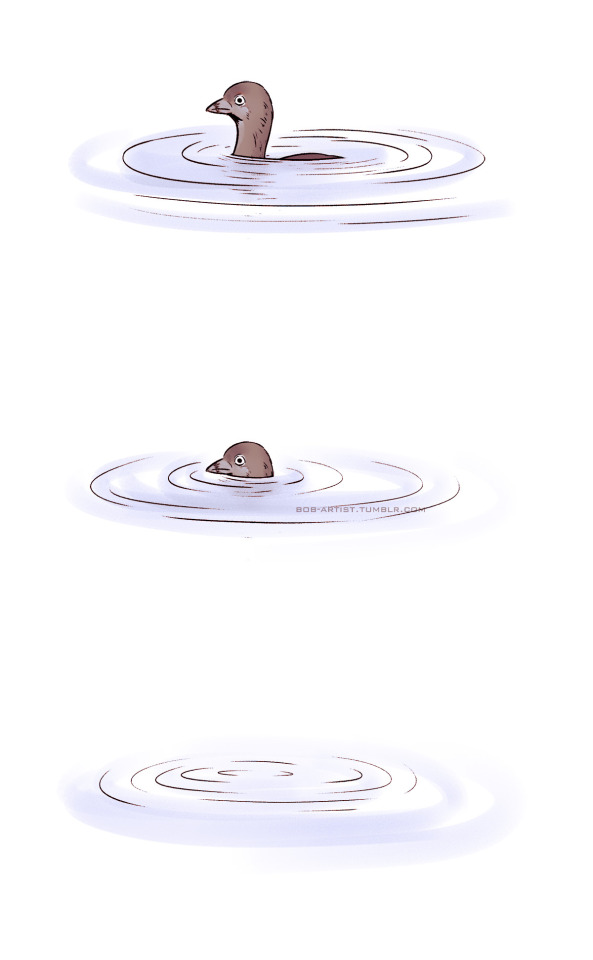
#misc comics#artists on tumblr#minicomic#birds#bird art#animal art#comic#grebe#pied billed grebe#grebes
515 notes
·
View notes
Text
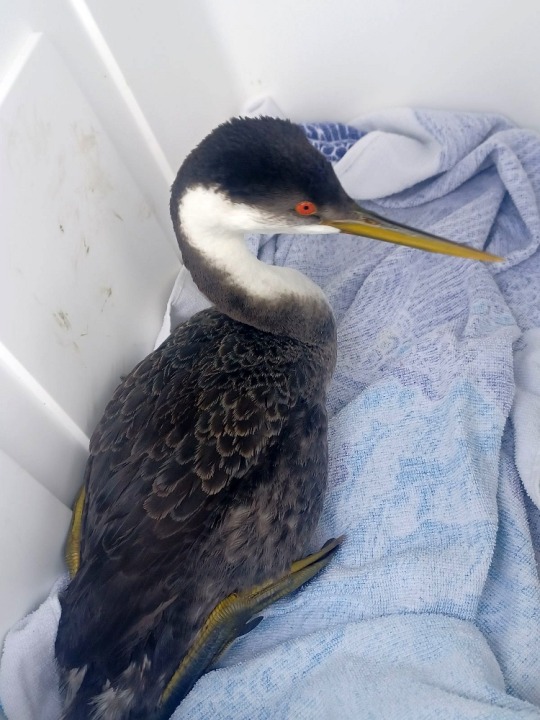
Today is apparently ANGRY STABBY BIRB DAY.
I was taking a walk on the boardwalk out near Bolstadt in Long Beach, when I came across this western grebe (Aechmophorus occidentalis) stranded on the path ahead of me. It looked alert and uninjured, so chances were just that it couldn't take flight off of the hard surface, but I called Peninsula Wild Care anyway to see if they wanted to bring it in for a checkup.
They quickly coordinated a couple of volunteers to meet me nearby, and I needed to get the grebe out of the way since a lot of people walk their dogs there and not all of them are on leashes. I figured okay, this is a relatively small bird, not as big as the muscovies I've carted around on the farm, and it seems calm, right?
NOPE. As I tried to gently reach for the grebe it turned from a calm, if confused pile of feathers on the decking to Stabby McStabberson, and I very nearly got jabbed and nipped a few times by a long, pointy beak attached to a surprisingly agile and very much NOT happy bird. I ended up having to take my hoodie off and dropping it over the entire grebe, and only when the lights were out could I bundle it up and carry it over to the meeting place.
Since it was pretty energetic, not obviously sick or injured, and its body condition felt decent (at least through the hoodie) I'm hoping it's going to get released soon enough after a checkup and a nice meal of fish. Many waterbirds have a lot of trouble taking off from hard surfaces because their feet are so far back on their bodies--which is great for swimming and water takeoffs, but not so helpful on land. If the bird had stayed stranded there they could have been injured or killed by another animal, or ended up dehydrated.
So let's hear it for Stabby the Angry Grebe, and wish them a good release back into the wild!
#grebe#western grebe#birds#birbs#birdblr#wildlife#animals#dinosaurs#avian#avian dinosaurs#Washington#Pacific Northwest#PNW#animal rescue#animal rehab#wildlife rehab#ecology#nature#conservation#migratory birds
845 notes
·
View notes
Text
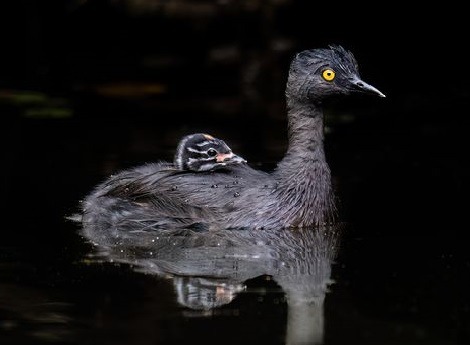
Least Grebe (Tachybaptus dominicus), mother and chick, family Podicipedidae, order Podicipediformes, Chiapas, Mexico
As the name would suggest, this is the smallest species of grebe.
photograph by Juan Bou Riquer
#grebe#waterfowl#tachybaptus#podicipedidae#podicipediformes#bird#ornithology#animals#nature#north america#mexico
461 notes
·
View notes
Text

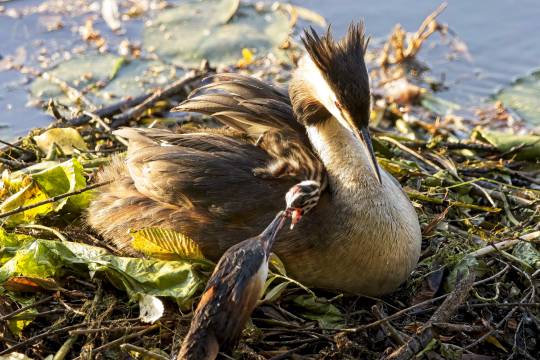
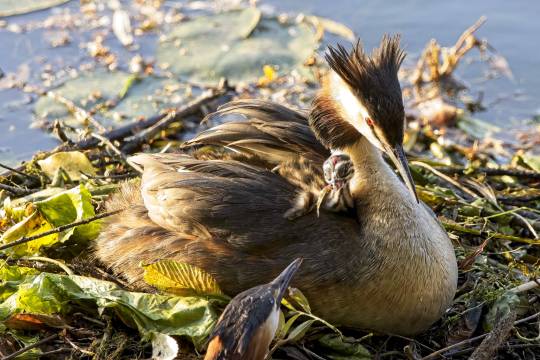
Feeding the hungry beast (aka a grebe chick gets a little fish for lunch).
915 notes
·
View notes
Text

Clark's Grebe
340 notes
·
View notes
Text

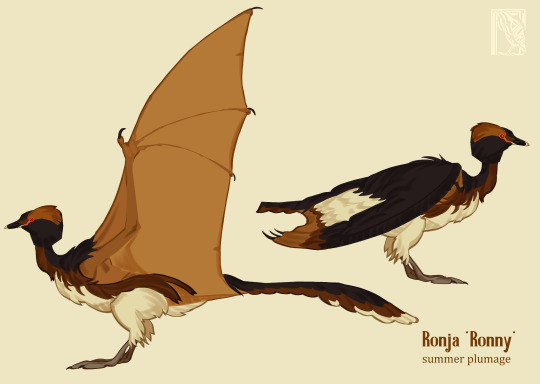
new guy..... she's karoliina's friend (karoliina does not know she is a Bird..)
winter forms under the cut!


#oc#original character#fantasy#basilisk#shapeshifter#oc reference#oc art#oc: ronja#grebe#she is based on a horned grebe hihihi...#pareidolia tag
228 notes
·
View notes
Text
Great Crested Grebe (Podiceps cristatus)
209 notes
·
View notes
Text

Great crested grebe in the now dried-up Lake Hula
By: Peter Merom
From: Natural History Magazine
1962
175 notes
·
View notes
Text
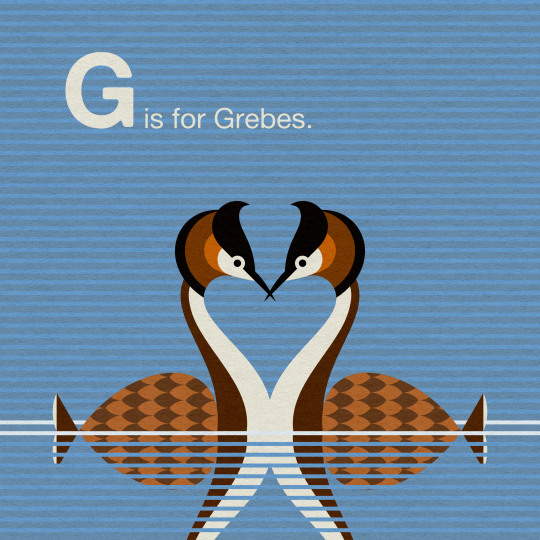
The Bird of the Century is the Great Crested Grebe, or Pūteketeke
170 notes
·
View notes
Text
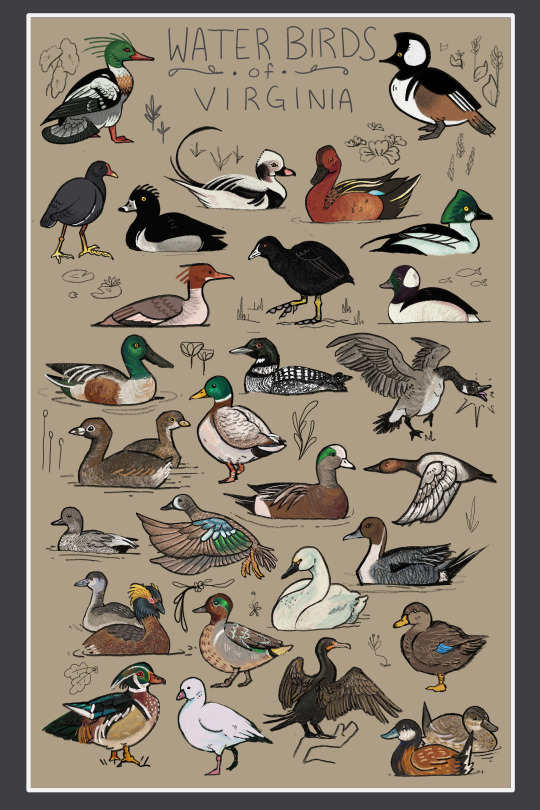
In case you didn't get enough of my ducks and wet birds last year, I've combined them all into one big beautiful picture so they can huddle together for warmth in these cold winter months.
How many of them can you name?
Just like a baby duckling imprints on its mother you can also imprint on this picture at my inprnt shop here.
94 notes
·
View notes
Text

Day 10 of January extinct birds (i took a break yesterday) - the Alaotra grebe
This grebe was endemic to Madagascar in/around Alaotra Lake. Only a single lake! This would have made the species very vulnerable. It seemed to have regularly hybridized with the much more widespread little grebe, though it stayed its own species and its unclear if their offspring would have been viable. They were described in 1932 and likely went extinct before 1995 due to introduced carnivorous fish along with habitat loss.
I mostly based the colours off the description on BirdLife International, since most reconstructions I can find don't completely match this description and I can't find photos of specimens. There is a single blurry photo of a live bird, which is quite sad.
Edit; There seems to be a photo or two of specimens on the internet but they don't have the white beak tip that the little grebe or the BirdLife description has! The back of the bird also seems to be the same black as the head/nape.
#bird of the day#bird art#birds#extinct animals#digital illustration#bird#daily art#digital art#ornithology#grebe#podicipediformes
97 notes
·
View notes
Text



Tufted ducks waiting for the storm to pass, with a great crested grebe
#bird photography#birdwatching#countryside bird#duck#tufted duck#grebe#great crested grebe#birblr#bird tumblr
65 notes
·
View notes
Text


Least Grebe (Tachybaptus dominicus), family Podicipedidae, order Podicipediformes, Los Barriles, Mexico
As the name would suggest, this is the smallest species of grebe.
photograph by Curtis Zutz
#grebe#tachybaptus#podicipediformes#podicipedidae#waterfowl#bird#ornithology#animals#nature#north america
1K notes
·
View notes
Text

Crested grebe chick (don't worry a parent is close by)
428 notes
·
View notes
Text

Western Grebe
153 notes
·
View notes
Text

November 17, 2023 - Pūteketeke, Kāmana, or Australasian Crested Grebe (Podiceps cristatus australis)
A subspecies of the Great Crested Grebe, these birds are found in lakes in parts of Australia and the South Island of New Zealand. They eat mostly fish as well as some aquatic invertebrates. Breeding between September and March, they perform elaborate courtship dances and build floating nests from sticks and water plants attached to branches or reeds. Females lay clutches of five to seven eggs. Both parents incubate the eggs, covering them with weeds when they aren’t incubating and carrying the chicks on their backs after they hatch. The New Zealand population declined to a low of around 200 birds in the 1980s due to introduced predators, habitat loss, and human disturbance from power boating and other recreational activities. Their numbers are currently increasing after conservation efforts.
#puteketeke#australasian crested grebe#grebe#podiceps cristatus australis#bird of the century#bird#birds#illustration#art#water#requests#birblr art
143 notes
·
View notes
